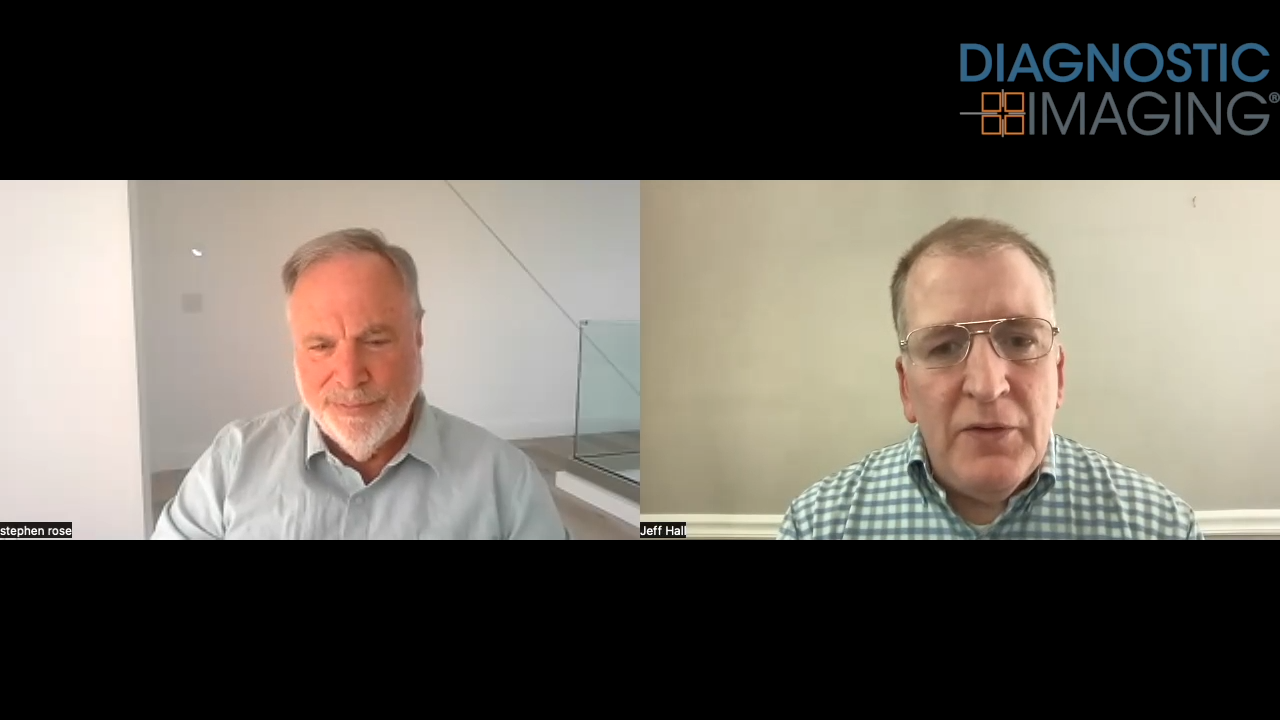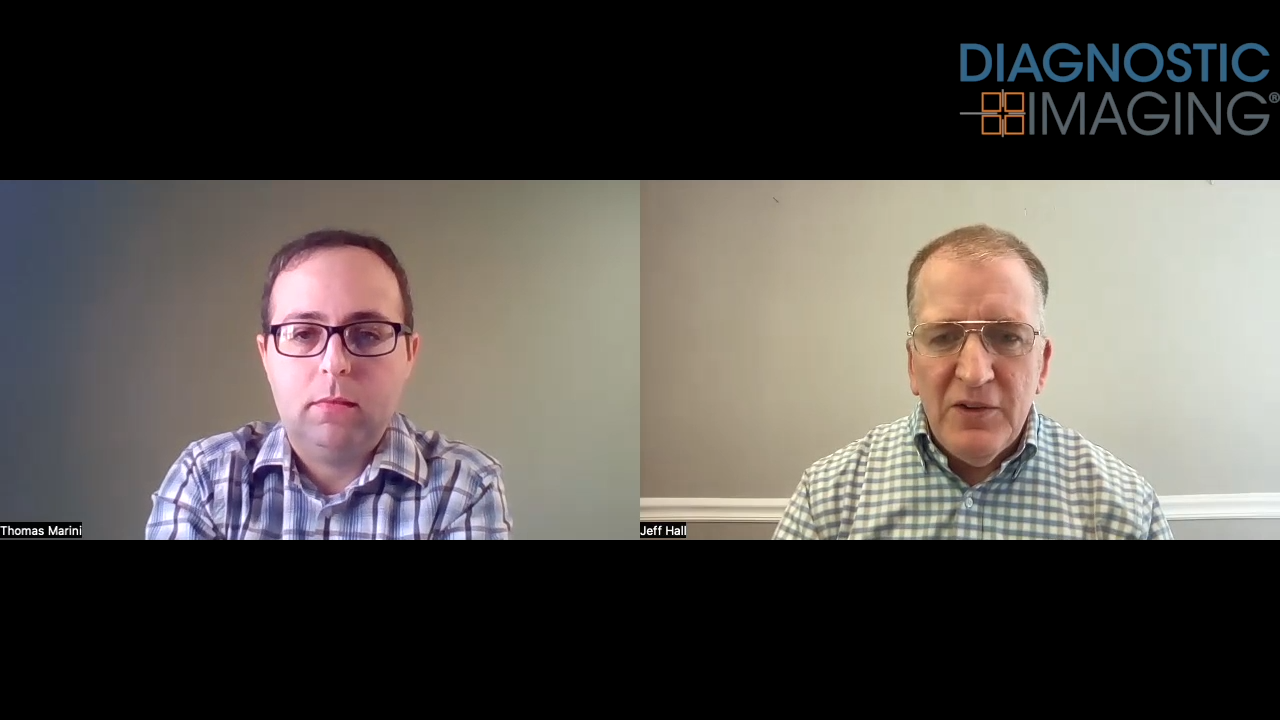Report from ECR: CT assists in aftermath of terror attacks
Radiologists are playing a central role in the aftermath of terror attacks in Israel, according to a report at the European Congress of Radiology. CT is now regarded as the primary diagnostic tool in incidents involving multiple casualties, Dr. Ahuva Engel told attendees at the “ESR meets Israel” session.
Radiologists are playing a central role in the aftermath of terror attacks in Israel, according to a report at the European Congress of Radiology. CT is now regarded as the primary diagnostic tool in incidents involving multiple casualties, Dr. Ahuva Engel told attendees at the "ESR meets Israel" session.Between 2000 and 2007, Israel was subject to 148 suicide attacks and involved in one war. The number of Israelis wounded in these events topped 8000.When a multiple-casualty event occurs, more than half of those injured will have reached nearby hospitals within 20 minutes, said Engel, a radiologist at the Rambam Medical Centre in Haifa. This influx of casualties can be overwhelming, and good workflow planning is essential.The aftermath of attacks can be split into two distinct phases, she said. The initial phase, when most patients are arriving, is typically chaotic. Radiologists' main objective at this stage is to identify those who are critically injured. The most commonly used imaging strategies are FAST (focused abdominal sonography in trauma) and chest radiography.Once the casualties stop arriving, radiologists' priorities change. Diagnostic workup typically involves skeletal x-rays and/or CT.The situation is slightly different in the event of war, Engel said. There is no "second phase" because the influx of casualties cannot be predicted. All patients must consequently be examined fully when they arrive.
She described the three main types of injuries seen:
- Air-containing organs, such as the lungs or bowel, may be damaged by the passage of blast waves.
- Objects propelled outwards by explosions can cause penetrating wounds.
- Individuals who are thrown into the air or knocked over by the force of a blast may incur closed head wounds, cervical spine injuries, or orthopedic injuries.
Other possible findings include burns, smoke inhalation after-effects, and crush injuries.
In the case of penetrating wounds, CT can be used to identify the nature and location of any remaining shrapnel or bullets. Nails and screws may also be observed, if these were packed inside an explosive device. Delegates were shown images from a suicide bomb victim who had parts of a watch embedded in his neck."In recent years, terrorist organizations have been using a variety of different objects in their missiles in order to maximize the damage caused," Engel said. "Some of the objects seen on CT can be quite bizarre."CT is often the second-line imaging tool after FAST in multiple casualty events. A whole-body survey is obtained to evaluate the nature and extent of injury and to plan for a more accurate evaluation of vessels (if required) with CT angiography."Sometimes there are numerous fragments of shrapnel. Deciding which piece should be removed is difficult," Engel said. Axial and 3D reformatted images are used in tandem when making this decision. Debris that is not close to major vessels and is causing no threat to the patient may be left.Vascular injuries are extremely common in this patient group, Engel said. Approximately 25% of patients from a multiple-casualty event undergo CTA investigation. This can reveal pseudoaneurysms, vessel stenosis or dilation, filling defects, and/or occlusion. She stressed that patients are referred for conventional angiography only if endovascular treatment is required or if metal artifacts prevent CTA from being diagnostic.For more online information, visit
Diagnostic Imaging
's
ECR 2008 Webcast
.
The Reading Room: Racial and Ethnic Minorities, Cancer Screenings, and COVID-19
November 3rd 2020In this podcast episode, Dr. Shalom Kalnicki, from Montefiore and Albert Einstein College of Medicine, discusses the disparities minority patients face with cancer screenings and what can be done to increase access during the pandemic.










